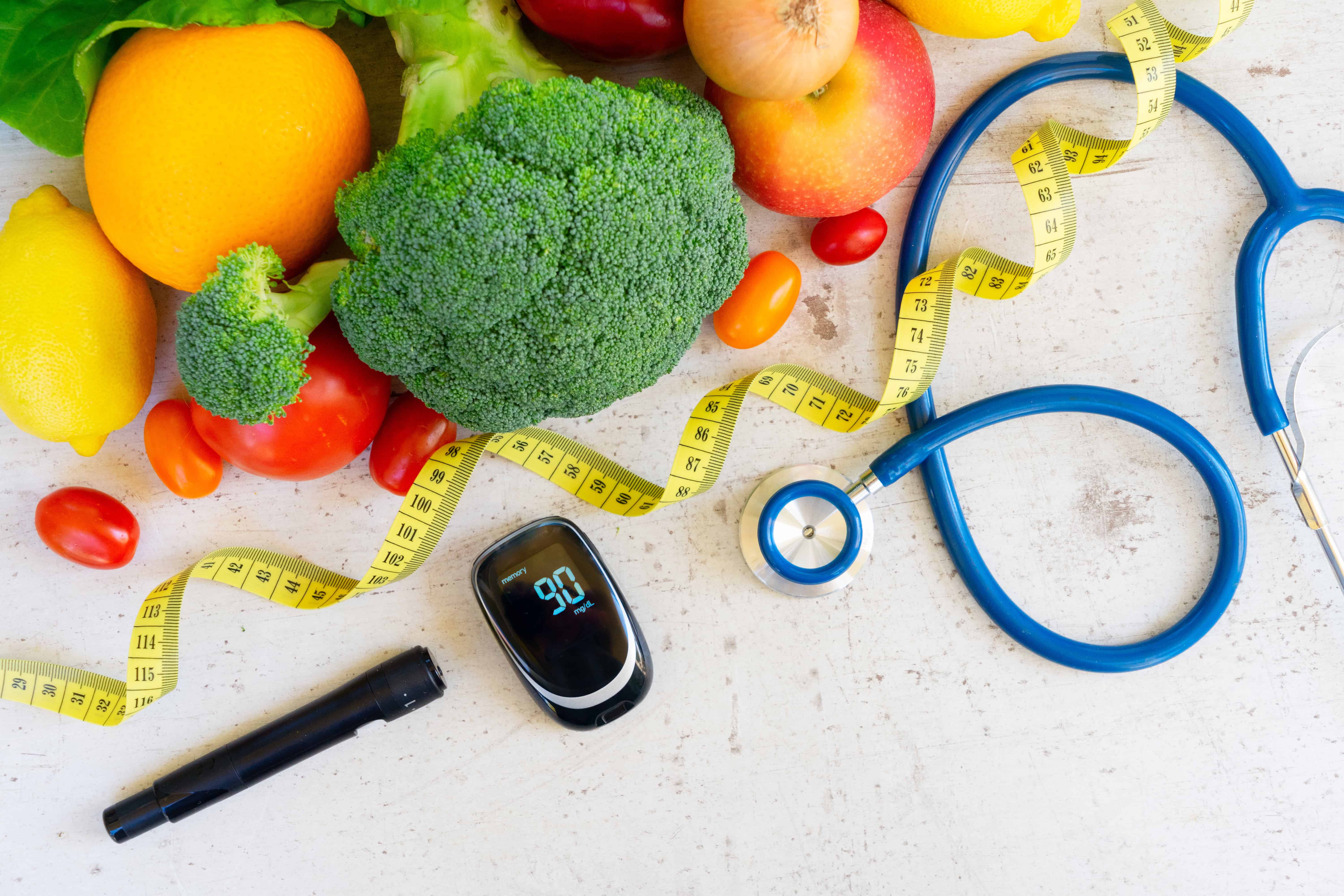
Diabetes is a chronic health condition that can occur at any age, even in newborns. Diabetes is rare in children below 5, so its diagnosis is delayed. Moreover, the signs of this condition in children are the same as in other illnesses. Overweight and inactive children or those with a family history of diabetes have a higher risk for the condition. One of the crucial signs of diabetes in children is increased thirst and urination.
Types of Diabetes
Two common forms of diabetes include type 1 and type 2. Both these forms can occur at any age, but type 1 diabetes is more common in children.
- Type 1 Diabetes
It is an autoimmune condition and often starts in childhood. Thus, doctors also name it insulin-dependent diabetes and juvenile-onset diabetes. Type 1 diabetes occurs when the antibodies attack pancreas, making it unable to produce insulin. Complications in pancreatic cells or genes can cause this kind of diabetes in children.
While this type of diabetes can occur at any age, peak periods are ages 5 to 6 and 11 to 13. The first symptom of type 1 diabetes in a potty-trained child is bedwetting, and other vital symptoms include being tired and thirsty, increased appetite and weight loss.
Early detection of the signs of type 1 diabetes in children is critical. Dehydration and high blood glucose levels due to uncontrolled diabetes can be dangerous. Such children may require intravenous fluids and insulin as emergency treatment.
- Type 2 Diabetes
Type 2 diabetes is also called adult-onset diabetes because children hardly ever get it. But now, it has become common in teens and children because of the rising cases of childhood obesity. The pancreas can make some insulin for type 2 diabetes, but the body cannot use this insulin well, which elevates blood glucose levels.
Its symptoms are the same as type 1 and might show up with time. Darkened skin, especially in the armpits and around the neck, is a common sign.
Preventing Diabetes in Children
Though there’s no specific cure for diabetes in children, they can live a normal life by controlling the condition. Steps to prevent the condition in children mainly focus on
- Monitoring blood glucose regularly
- Managing weight by staying active and
- Having a healthy and balanced diet.
Diabetic Patients Can Eat a Banana – True or False?
Children diagnosed with diabetes are often instructed to eliminate bananas from their regular diets. However, the question is can diabetic patient eat banana? Children usually like eating ripe, yellow-coloured bananas because they are easier to peel and softer to eat. But children with diabetes should not consume them more or every day. One small banana 2-3 times a week is enough.
On the other hand, children with controlled blood glucose levels can have a small ripe banana every day but make sure the bananas do not have any brown spots. The spots signify that the starch in the banana is transformed into organic sugar, which is unsuitable for children with diabetes.
And also, try to give them green bananas as they are suitable for gut microbes and have a low glycemic index of 30-50. So they can control diabetes in children. Remember that diabetic patients can eat a banana but only in combination with a protein source like paneer or sprouts.
Sweet Potato Is Good for Diabetes Management in Children
Is sweet potato good for diabetes? Sweet potato or shakarkand is termed super food by the American Diabetes Association for Diabetes. It features an excellent nutritional profile and contains several minerals, antioxidants and vitamins like zinc, potassium, vitamin B6, vitamin C, vitamin E, Anthocyanins, fibre and magnesium that can be helpful for the overall health of an individual with diabetes
100 grams of sweet potato offers:
- 77% water
- 0.1 grams fat
- 3 grams fibre
- 86 calories
- 4.2 grams sugar
- 1.6 grams proteins
- 20.1 grams carbs
Though sweet potatoes are high in their carb content, their glycemic index is low, and they have high fibre and magnesium content. In a way, these nutrients can also help stabilise blood sugar and reduce insulin resistance. Hence, sweet potato is good for diabetes management in children.
How Frequently and How Much to Consume?
Although sweet potato is good for diabetes, children with diabetes should have only half of a medium-sized sweet potato, which comes to 100 grams of veggies regularly. Ensure to use low-carb vegetables when cooking 100 grams of sweet potato as they already pack 15 grams of carbohydrates. And always give the sweet potatoes in the morning, preferably for breakfast.
Since children are fussy eaters, you can give them sweet potatoes as a smoothie; top them with fruit and nut butter; make sweet potato toast or mash them with diabetes-friendly seasonings, such as ginger and cinnamon.
It’s a Wrap!
Diabetes rates are rising in children, and type 1 diabetes is more common in younger kids than type 2 diabetes. In most children, managing the signs of both type 1 and type 2 diabetes is possible with regular exercise, medicines and a healthful diet. If the condition is controlled well, children with diabetes can live healthier and fuller lives.